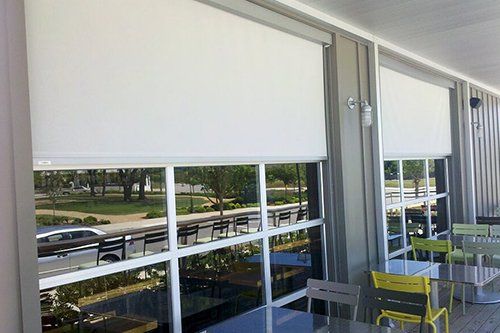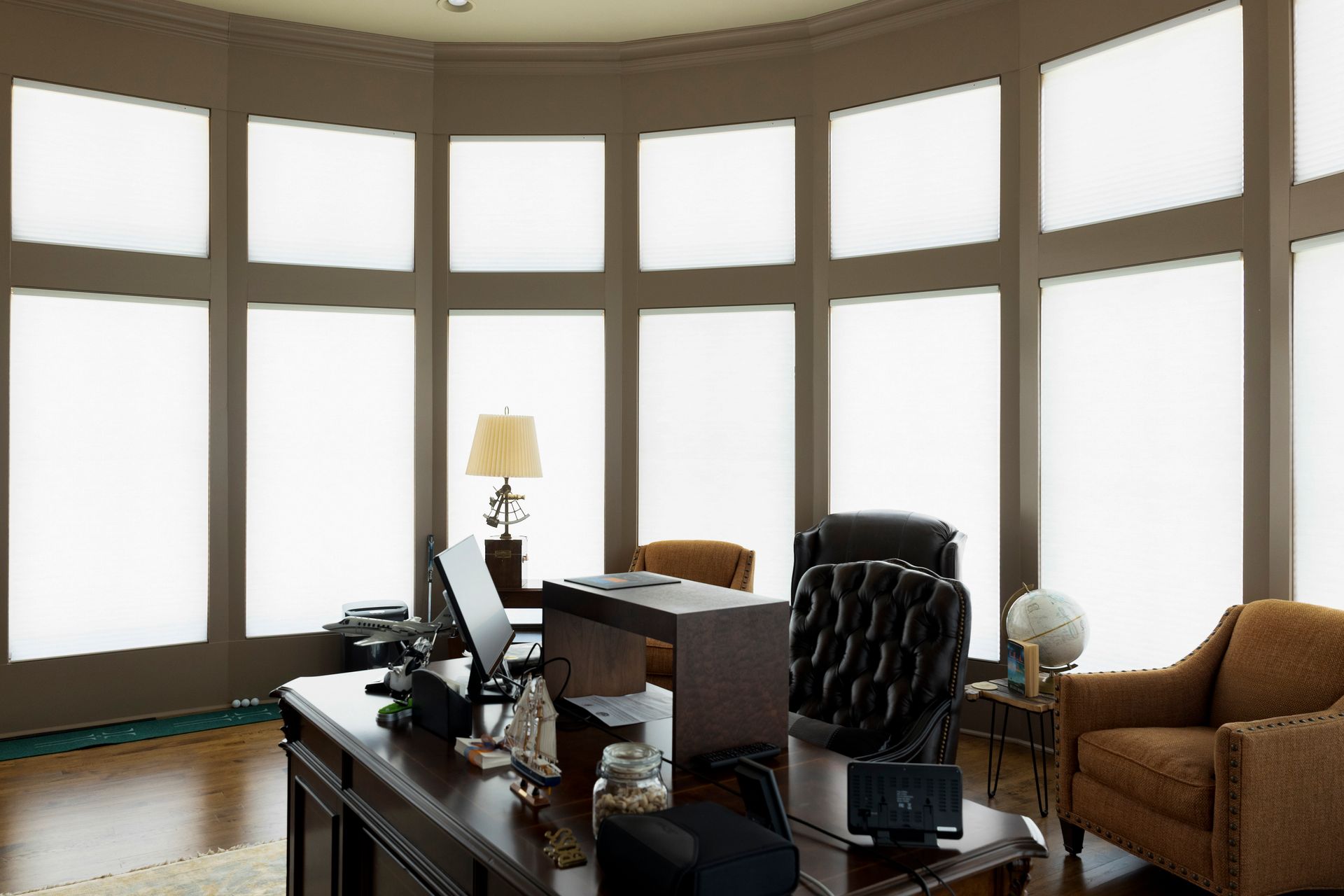Sunshine can fill any room with a warm glow. It provides natural light and can even lift your mood. But there may be some rooms where you want both privacy and sunshine at the same time. You shouldn't have to block out the light to enjoy private rooms in your home. For these moments, having the right blinds or drapes can make all the difference. The answer is in sheer privacy, sheer and semi-sheer materials that let in the light without allowing others to see through your windows.
This is your guide to private sunshine: how to enjoy your privacy and warm natural light in any room.
Why Sheer Privacy Matters
There are many situations where sheer privacy is ideal. Bedrooms are warm and welcoming when filled with natural light, but privacy is paramount. Sheer window treatments can also bring sunshine into your living room without broadcasting family activities to the neighborhood. And if natural light helps you stay focused in your office, you can maintain professional security without worries by hanging sheer blinds and drapes so your computer screen is never visible through the window.
How can you achieve this perfect balance of sunshine and privacy? There are several types of blinds and drapes that can meet your needs.
Woven and Fabric Blinds
The right fabric or woven blinds can provide the perfect balance between light and privacy. Woven and fabric blinds are rarely completely opaque. Depending on your choice of material and weave, you can determine both how much light shines through and the level of visibility in your sheer material.
Fabric blinds use woven fabric to block visual access through your window while also acting as a diffuser for the sunlight. Woven blinds are made of grass or reeds and provide a similar effect. This can be used to cast gentle glowing light into your room at slightly dimmer-than-normal levels while showing silhouettes or less.
Slatted Blinds and Plantation Shutters
The most traditional answer is slatted blinds and plantation shutters. These methods use opaque angled slats that open to allow in some light without creating an easy line-of-sight from anywhere that a person outside might reasonably be standing. Slats pointed up or down welcome sunshine from various angles during the day but cannot be seen through until the slats are nearly horizontal.
Slatted blinds hang from the top, and the angle of the slats is controlled with a cord system. Today, pull cords and hanging loops are no longer used. Instead, a control wand or motorization is used to enhance home safety and convenience.
Plantation shutters are wood structures that are permanently installed or fold out over your windows. The slats are structured and controlled by pushing a ridge bar on the back of the shutter slats themselves.
Honeycomb Blinds
Honeycomb blinds are a type of fabric blinds that use honeycomb cells to provide greater insulation. Honeycomb blinds are not just energy-efficient, they also provide greater privacy by implementing layered fabric to create the honeycomb air pockets.
At the same time, the fabric used can bring in sunshine and act as a diffuser to spread gentle sunshine through your room. The honeycombs themselves also diffuse any silhouettes or shadows that might be seen through the fabric of the blind for greater privacy inside your rooms.
Semi-Sheer Drapery
If you prefer drapes, you can also select a sheer fabric as the innermost layer for your draperies. The fabric and the folds of the drapes combine to provide both a diffuser for sunshine and privacy. Drapery is the most likely to reveal shadows and silhouettes, but a style with more folds when the sheer layer is closed can obscure shapes and activities within to provide the privacy you need.
Private Sundrenched Rooms with Just Blinds
If you are looking to enjoy diffused sunshine and keep your rooms private at the same time, Just Blinds can help. Contact us today to explore your options for sheer privacy design with custom window treatments.
Expert Advice by Just Blinds


